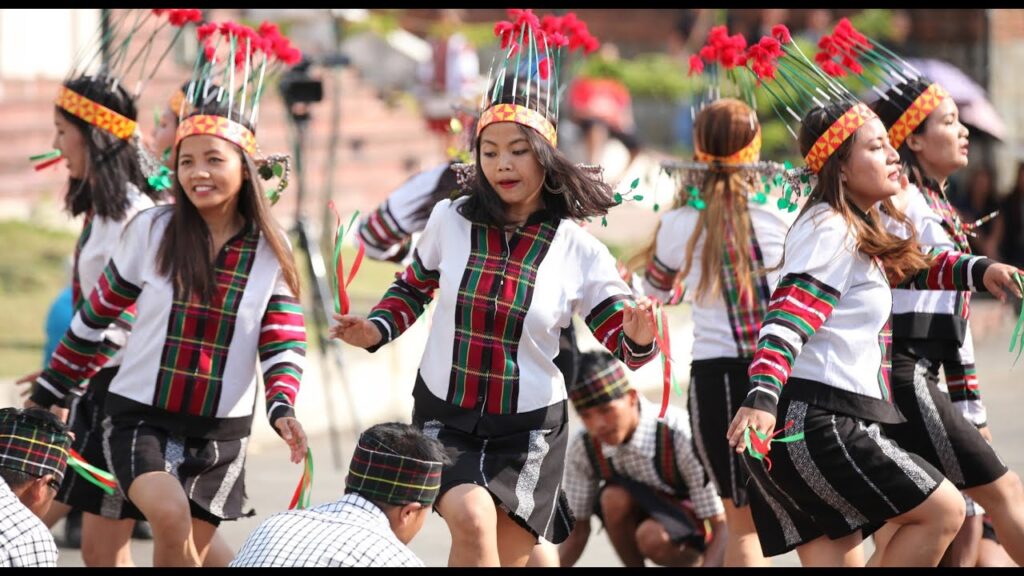The mesmerizing state of Tripura is not only known for its scenic beauty but also for its diverse tribal communities that contribute to the vibrant cultural landscape of the region. Among these indigenous groups, the Mizo tribe holds a significant place, preserving their age-old customs and heritage. In this article, we delve into the captivating world of the Mizo tribal culture in Tripura, exploring their traditions, customs, festivals, and the essence of their unique way of life.
The Mizo Tribe: A Proud Heritage:
The Mizo tribe, also known as the Lushai tribe, has a rich history that dates back centuries. They are primarily settled in the mountainous regions of Tripura and have successfully retained their cultural identity through generations. Their warm hospitality and strong community bonds make them an integral part of Tripura’s social fabric.
Traditions and Customs:
The Mizo tribal culture is steeped in traditions and customs that are passed down from one generation to the next. Their belief in preserving their ancestral values reflects in their daily lives. One such prominent tradition is the passing down of traditional crafts and skills like intricate bamboo weaving and handloom techniques.
Festivals and Celebrations:
Festivals hold a special place in Mizo tribal culture, and each celebration is a grand affair that showcases their vibrant spirit. The Chapchar Kut festival, held in March, marks the onset of spring and is celebrated with dance, music, and colorful attires. The Mim Kut festival in November is a time to thank the Almighty for a bountiful harvest, with traditional delicacies adding flavors to the festivities.
Cultural Dance and Music:
Dance and music are integral to the Mizo way of life, and their traditional performances captivate spectators with their rhythmic movements and soulful melodies. Cheraw dance, also known as the bamboo dance, is a sight to behold, where dancers gracefully move between bamboo poles while others strike them, creating a mesmerizing pattern.
Traditional Cuisine:
Mizo tribal cuisine is a delightful experience that reflects the region’s diverse agricultural practices. Bamboo shoots, fish, pork, and various herbs and spices form the essence of their delectable dishes. The use of organic ingredients adds unique flavors to their cuisine, making it a culinary delight for food enthusiasts.
Cultural Attire:
The traditional attire of the Mizo tribe is an exquisite display of craftsmanship and artistry. The women wear ‘Puan,’ a colorful handwoven fabric adorned with intricate designs, while men don ‘Pawndum’ or ‘Puanchei,’ reflecting their cultural pride and identity.
Importance of Community Bonds:
The Mizo tribal culture places great importance on community values and collective harmony. Their closely-knit society fosters a sense of belongingness and unity, evident in their joint efforts during various communal activities like festivals, agricultural practices, and religious ceremonies.
Challenges and Preservation Efforts:
Despite their strong cultural roots, the Mizo tribe faces modern challenges that pose a threat to their traditions. Urbanization, globalization, and changes in lifestyle have led to concerns about preserving their heritage. However, various governmental and non-governmental organizations are working towards cultural preservation and empowerment initiatives to safeguard their identity.
The Mizo tribal culture in Tripura is a treasure trove of ancient wisdom, art, and traditions that have stood the test of time. Their festivals, dance, music, cuisine, and attire weave a tapestry of cultural richness that continues to thrive amidst the modern world. As we embrace progress and development, it becomes crucial to respect and support the preservation of indigenous cultures like the Mizo tribe, ensuring that their legacy lives on for generations to come.

